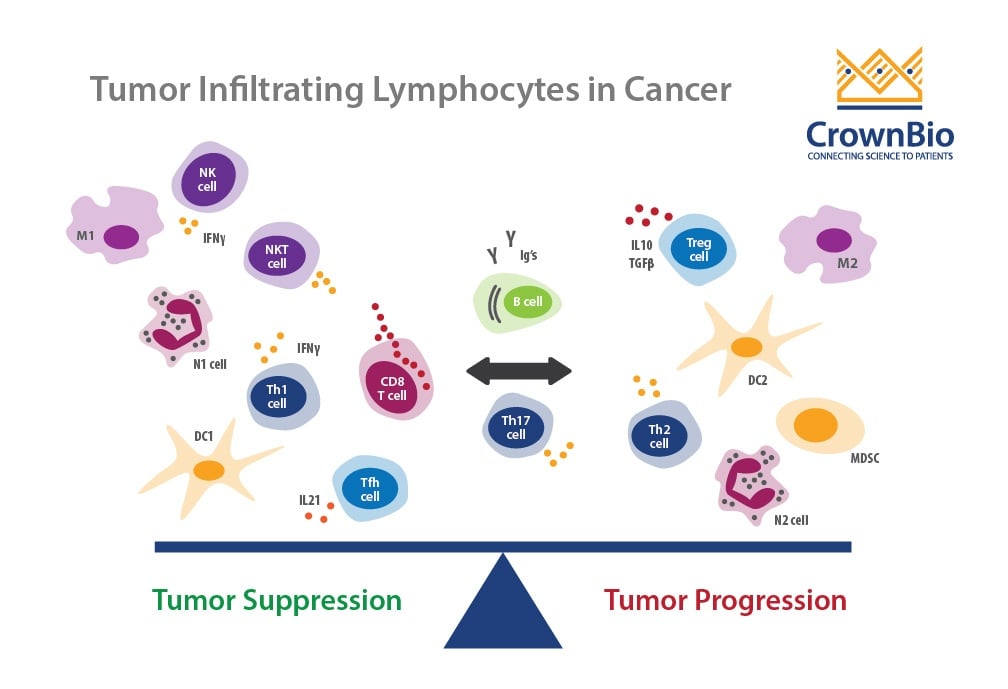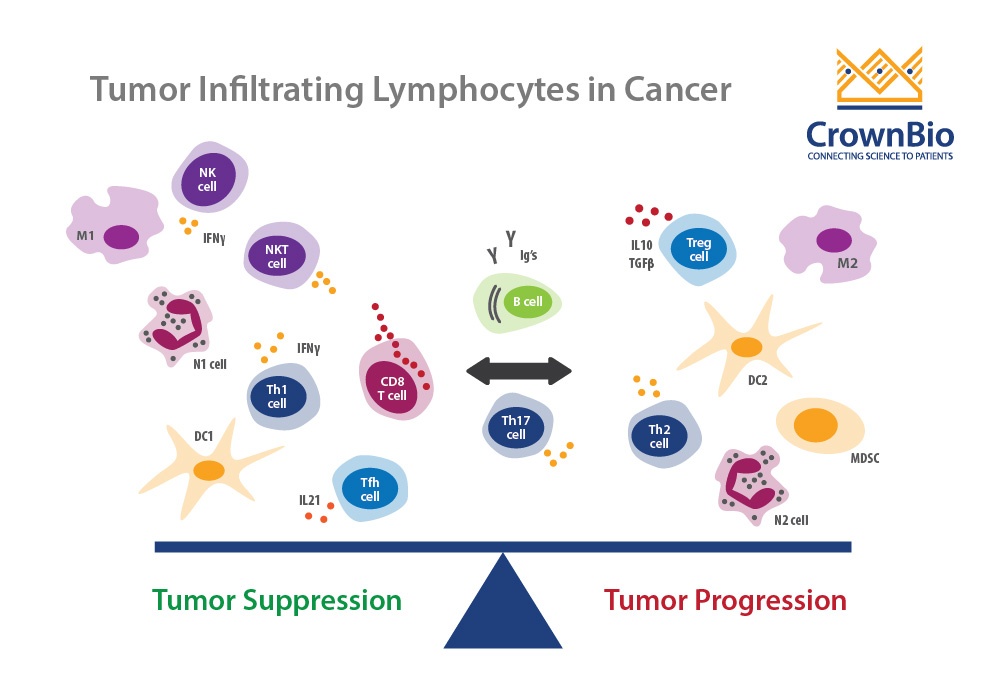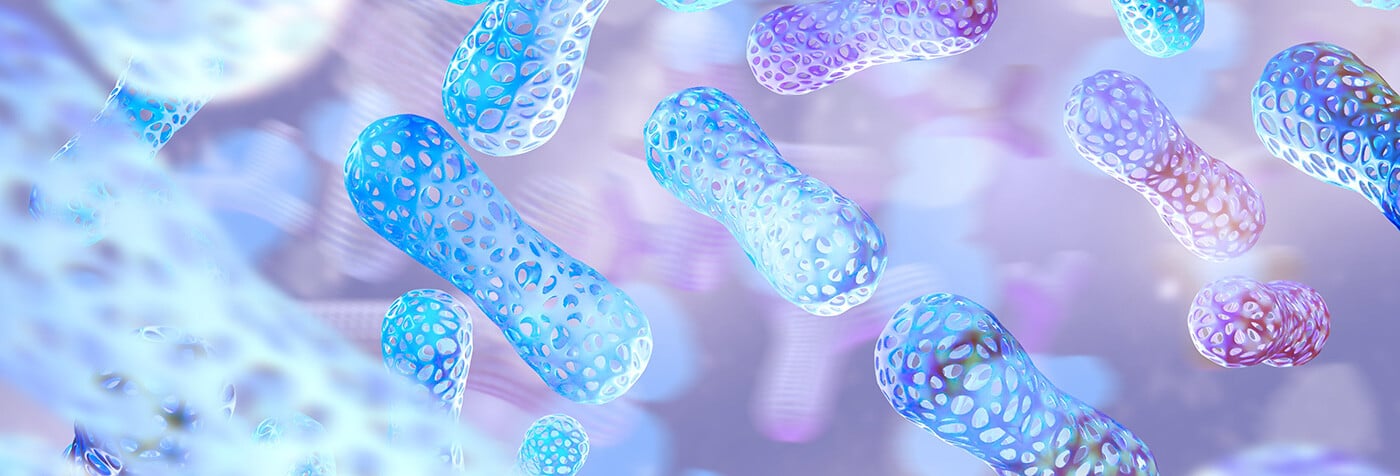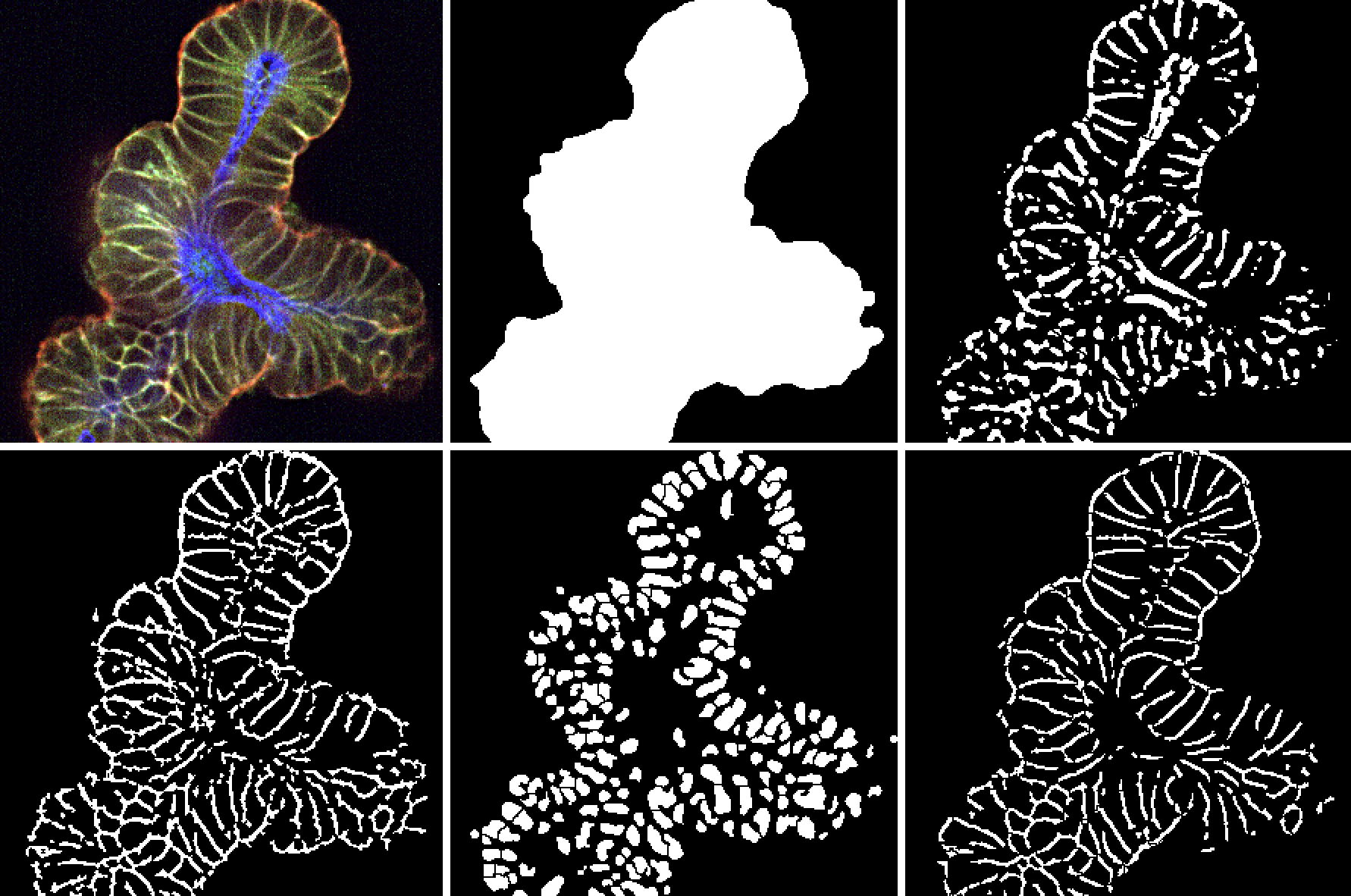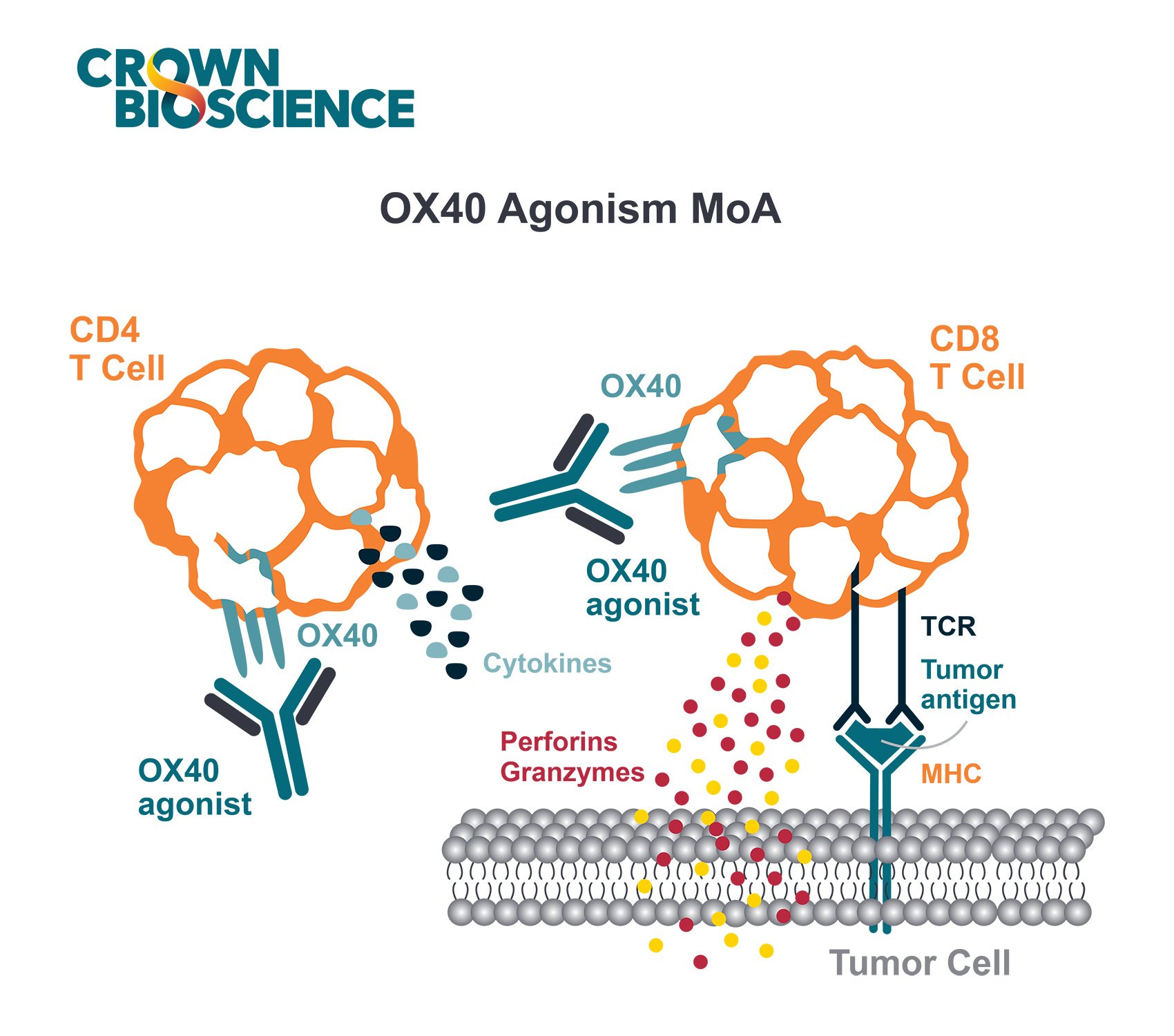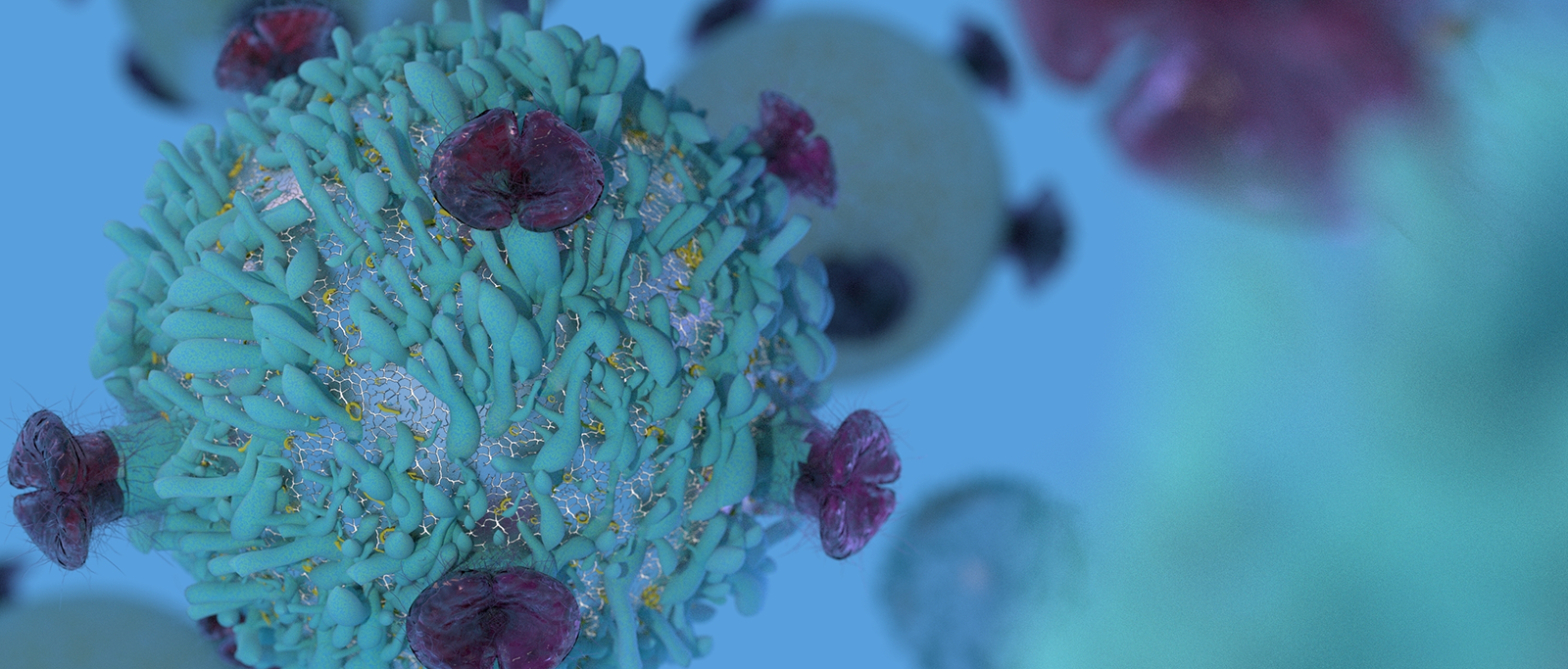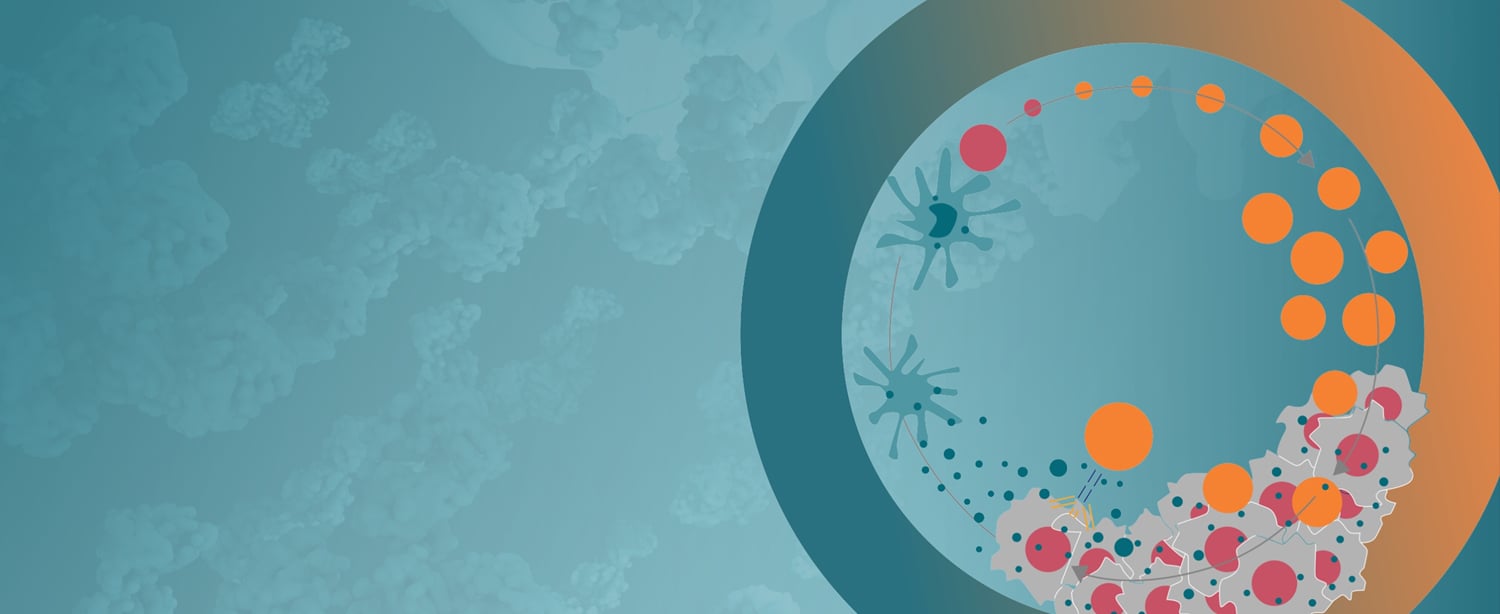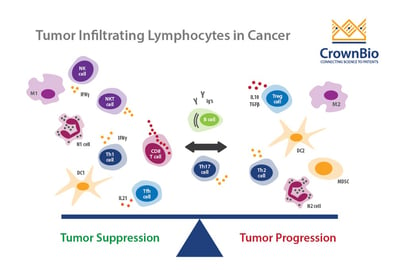 Today’s new frontier in cancer treatment is in fact a very, very old frontier indeed: tumor infiltrating lymphocytes (TILs). New as they seem, TILs were first observed over 150 years ago by Rudolf Virchow, the father of modern pathology. It was a time when disease was considered to be the result of imbalanced bodily humors and his use of a microscope was a radical idea.
Today’s new frontier in cancer treatment is in fact a very, very old frontier indeed: tumor infiltrating lymphocytes (TILs). New as they seem, TILs were first observed over 150 years ago by Rudolf Virchow, the father of modern pathology. It was a time when disease was considered to be the result of imbalanced bodily humors and his use of a microscope was a radical idea.
Virchow noted the presence of a dense region of lymphoreticular cells in human neoplasms. Later, William S. Handley in 1907 and Henry Wade in 1908 both hypothesized the potential for the immune system to combat cancer, described by Wade as the cancer being “borne away on a lymphocyte tide.” It’s a remarkable insight from a century ago that foreshadows today’s cancer approaches.
Heterogeneous TIL Population Found Within Tumors
Nowadays, immune checkpoint inhibitors (ICIs) have revolutionized the treatment of some of the most stubborn cancer types, such as metastatic melanoma, renal cancer, and squamous cell lung cancer, and they’ve done so by acting upon TILs. TILs are comprised of a heterogeneous population of lymphocytes that are residing within the cancer. This population may include:
- T cells
- B cells
- natural killer (NK) cells
- macrophages
- neutrophils
- dendritic cells
- mast cells
- eosinophils
- basophils
- other immune subtypes
The TIL population also contains immunosuppressive cells, such as regulatory T cells (Tregs) and myeloid derived suppressor cells (MDSCs). There are also other factors like indoleamine 2,3-dioxygenase (IDO) and arginase derived from immature dendritic cells that can suppress the complex immune environment surrounding the tumor.
Conflicting Approaches to TILs – TIL Elimination may Prevent Tumor Growth and Progression
So what to do with them? Kill them or use them? Starve them or feed them? Researchers have utilized both approaches when it comes to TILs. Those favoring elimination point to studies suggesting that TILs in the inflammatory microenvironment may contribute to tumor growth and progression.
The secretion of growth and angiogenic factors by tumor associated macrophage (TAMs) has been thought to support cancer growth. The tumor’s hypoxic environment can also cause release of hypoxia-induced cytokines from multiple cell types, which promote both growth and inflammation. TAMs are also thought to be able to support cancer stem cell survival and contribute to metastasis.
Alternately, Checkpoint Inhibitors Increase TIL Activity
But current immuno-oncology approaches are also trying to increase TIL activity and presence, either by inhibiting suppression signals like the PD-1/PD-L1 axis, or by targeting the suppressive environment. For example, anti-PD-1 antibodies can drive selective proliferation of intratumoral CD8+ T cells, which correlates with overall patient response. IDO inhibitors can prevent elimination of tryptophan from the tumor environment, warding off immune cell starvation.
Adoptive cell therapies (ACTs) amplify the patient’s own immune system to combat cancer. This includes approaches like using TILs harvested from the patient’s tumor tissue or engineering CAR-Ts. And make no mistake: these approaches are showing substantial clinical progress.
Better Understanding of TILs Needed to Optimize Immunotherapy Approaches
The key to resolving this debate may depend upon researchers getting a better handle on the varied roles of specific cell types and the ways those should be studied. Preclinical experiments that study the role of a selected immune cell subtype, like a Treg or a TAM, are often genetically engineered to study a specific cell type.
But this hardly at all resembles the true cancer environment, which varies so dramatically not only from patient to patient but among different stages of the disease’s progression. Improving cancer therapeutic approaches will demand a better understanding of the TIL environment and its key players, and a more thorough exploration of what was for so long a forgotten frontier.
Further reading:
- Underwood JC. Lymphoreticular infiltration in human tumours: prognostic and biological implications: a review. Br J Cancer 1974; 30(6):538-48.
- Zito et al. Are tumor-infiltrating lymphocytes protagonists or background actors in patient selection for cancer immunotherapy? Expert Opin Biol Ther 2017; 17(6): 735-46.
- Zhu et al. Resistance to cancer immunotherapy mediated by apoptosis of tumor-infiltrating lymphocytes. Nat Commun 2017; 8(1): 1404.
- Ravelli et al. Tumor-infiltrating lymphocytes and breast cancer: Beyond the prognostic and predictive utility. Tumour Biol 2017; 39(4): 1010428317695023.
- Solinas et al. Tumor infiltrating lymphocytes in gastrointestinal tumors: Controversies and future clinical implications. Crit Rev Oncol Hematol 2017; 110:106-16.

